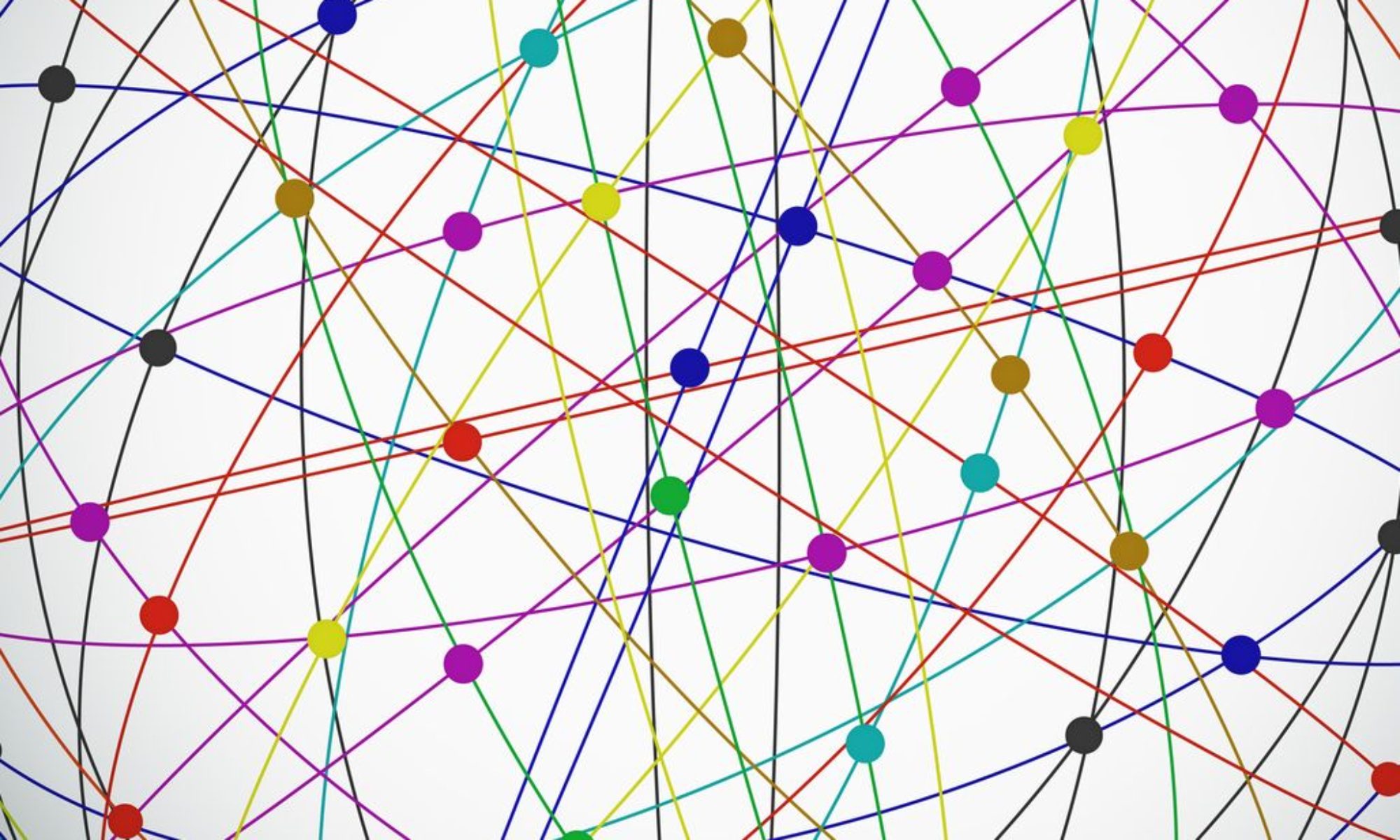First published, 5/6/2014
Have you ever you ever said that one of the biggest problems you have in your organization is communication? Do you have people complaining that they didn’t get told about something, they didn’t get asked what they thought before a decision was made; you can’t get information when you need it, and you struggle with the multitude of tools we have to use today to even attempt to communicate?
It might seem impossible and overwhelming, and it will certainly be a challenge, but the best news is that investing time and intention to this single ‘problem’ will not only solve the problem but it is the thing that will give you a vibrant, engaged, and active organization! Communication is the key to create the vital flow of information, conversation and connection that we need to be co-creative and adaptive.
Communication is key because we are in the midst of a substantial shift. Some people use the term paradigm shift, we could also call it a cultural shift, but clearly a number of things have changed. Our local communities and nations are more culturally diverse and religiously pluralistic. Environmental issues are threatening. We have gotten used to being connected by the internet and that there is a place for our voice to be heard. We see ourselves as more connected to the global community. I believe that we are waking up to the fact that to solve the issues before us that we have to become involved and participate together.
Communication is no longer working and is the problem because we are continuing to use the old communication patterns, thinking and beliefs. We are operating in this new culture and getting the old results. I am excited about the great opportunity before us, because it is possible to create communication systems that are designed for who we are now.
Here are some examples of how old communication patterns worked. In the past faith communities were primarily hierarchical or top-down organizations. Only those at the top needed all of the information and only leadership had to have conversations. One annual full congregational meeting each year was enough. One report telling congregants what happened was enough. We could push information down to be consumed by our congregations. It worked because it fit who we were at the time.
What’s new? In our new participatory culture we need the contributions of all, including those from different cultures and belief systems. We can have community conversations from the ‘bottom up’ to engage each person in our congregation. Instead of believing community means people who are alike and think alike, we can expand our definition to be inclusive and accept diversity of thinking. We can experience our interconnection and learn how to be interdependent while inviting each of us to express our full, unique selves.
How do we do this? What does it look like to operate with a different communication structure? I hope you keep reading my blog as I share more ideas about that. But you can get started just by taking a look at how your organization uses communication right now. You are already doing many things right. In the new participatory culture you will need to increase the amount of communication and the number of methods you use. The single biggest impact we can have on our communities of faith is to rethink and redesign everything we consider communication, so very simple and so complex.
Communication is the problem, and it’s the solution.
